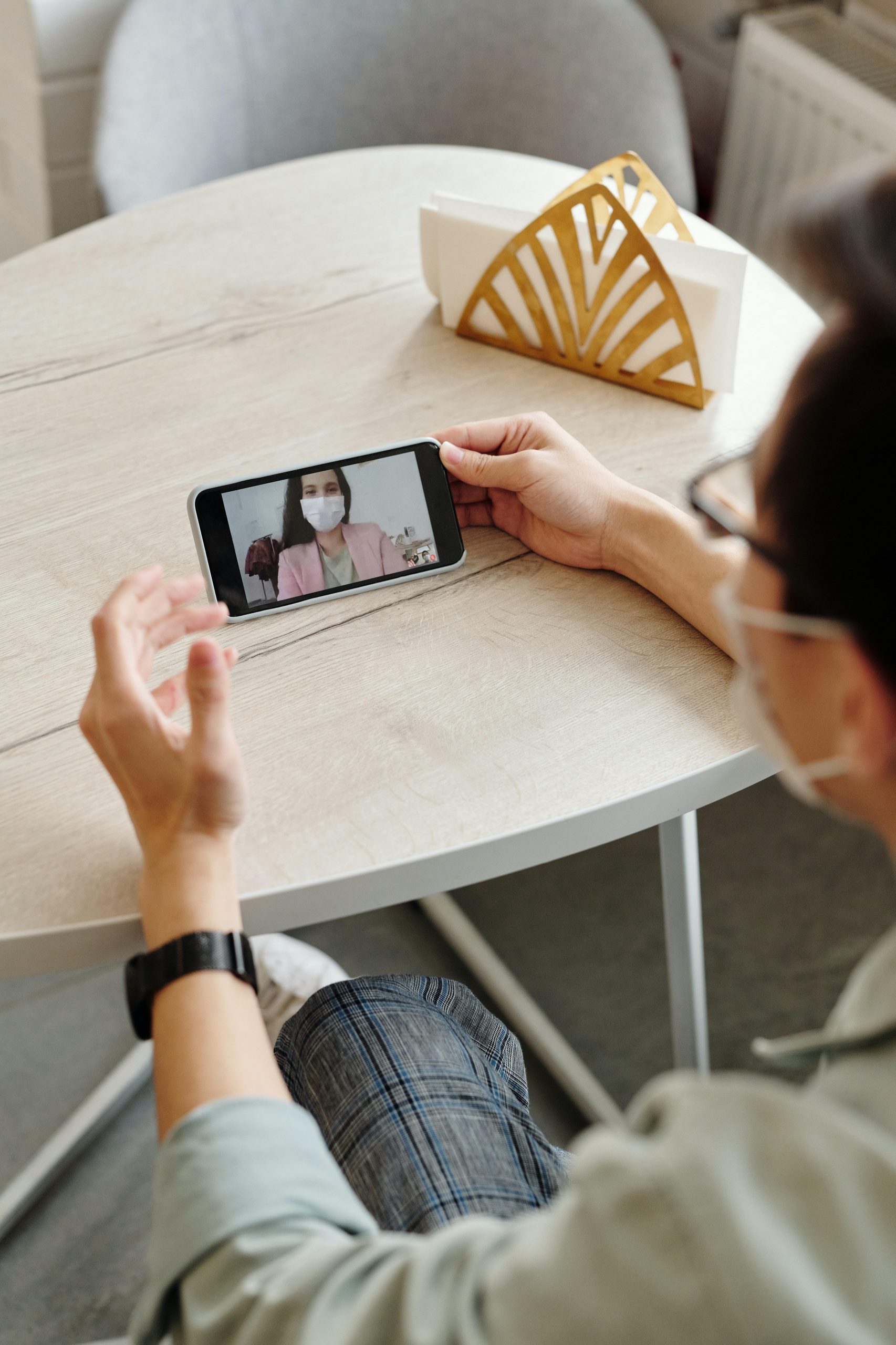One way that COVID-19 has changed the landscape for medicine is the rise in the use of telehealth for patient care. There is a growing sense that telehealth can help people manage their health and improve their access to care, which may be especially valuable in areas where health professionals and facilities are sparse.
Telehealth may involve direct communication with healthcare professionals, or the use of web-based programs to improve treatment.
“Patient advocacy groups such as Men’s Health Network support work to better understand the role of telehealth in bringing men and their families to needed health care in an accessible and cost-effective way,” said Dr. Sal Giorgianni, senior science officer for Men’s Health Network. “This technology may be very helpful in getting men to needed healthcare services.”
Telehealth critics have observed that people who live in rural areas may not have access to high-speed internet, whether in their home or on their cell phones.
To answer those critics’ questions, the Patient-Centered Outcomes Research Institute (PCORI) has funded more than 90 comparative clinical effectiveness research studies. The studies aim to help patients and their caregivers make better-informed decisions about the use of telehealth to prevent, diagnose, and treat conditions. Read more about PCORI’s mission at https://tinyurl.com/mp86udjw.
One such study noted that children in rural Alaska are prone to frequent ear infections. As a result, they may experience hearing loss, which can cause speech and language delays, cause trouble for them in school and cause them to drop out of school early. Moreover, the researchers noted that people with hearing loss may have problems into adulthood, including difficulty in finding a job.
The researchers want to know how well a school-based screening and referral process works to identify children with hearing loss. While current state law requires children to be screened for hearing loss, current methods may not detect all hearing loss, and many students don’t get needed follow-up care.
The research team is working with schools in 15 communities in northwest Alaska, with approximately 1,800 children eligible to take part. Parents sign a consent form for their children to take part, and children verbally agree to take part on the day of screening.
In all 15 communities, school staff screen children for hearing loss using the schools’ current method. In addition, research staff who are not trained audiologists screen children with a new cell-phone-based (mHealth) screen. Audiology research staff perform full hearing testing like children would receive in an audiology clinic, so the study team can compare these results with those of the first two methods.
The research team wants to know:
- How long it takes for children with hearing loss to get a diagnosis
- If treatment for hearing loss leads to any changes in children’s future hearing loss, hearing-related quality of life, and school performance
- How well the current school hearing screen and the new mHealth screen detect hearing loss
Children, parents, audiologists, teachers, health providers, and hospital and school administrators are working with the research team to plan the study. The research team is holding focus groups with children, parents, teachers, community health aides, and school and health administrators to learn about their experiences with the study.
You can read more about this research at https://tinyurl.com/3cxjyeeb.
In another PCORI-funded study, a research team wanted to improve care for black and Hispanic adults with heart failure after they leave the hospital. The team compared two groups for three months.
- One group used telehealth self-monitoring with a computer system. The team asked patients to use a device to submit their vital signs, including blood pressure and heart rate, every day. A research nurse reviewed this information within three days. Patients also had weekly video calls with the nurse. During these calls, the nurse discussed the vital signs, asked about symptoms, and listened to the patient’s heart and lungs with a digital stethoscope.
- The second group used clinic outpatient management. Patients received usual care from the hospital or their main heart doctor.
The team looked at how many times patients in each group visited the emergency room and had hospital stays. The team also compared quality of life, anxiety, and depression in the two groups.
During the study, the percentage of patients who went back to the hospital at least once was about the same for the two groups. The average number of times each patient stayed in the hospital for any reason was higher among patients using self-monitoring. However, the number of times patients stayed in the hospital for heart failure or heart disease was about the same for the two groups.
The groups didn’t differ in emergency room visits, quality of life, or depression. Patients who received clinic outpatient management showed greater reduction in anxiety than patients in the telehealth self-monitoring group.
Half of the patients in the telehealth self-monitoring group didn’t submit their vital signs regularly. The self-monitoring program may not have worked well for them for this reason.
The study was small and included patients who received care at only one specialized heart failure clinic. The study included 104 adults with heart failure who received care at a hospital in New York that serves people with low incomes. Of these adults, 69 percent were black, and 31 percent were Hispanic. The average age was 60, and 59 percent were men.
You can read more about this study at https://tinyurl.com/5bpfab6v.
Photo credit: Photo by Edward Jenner from Pexels




